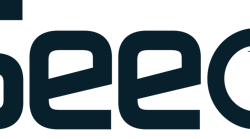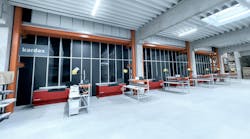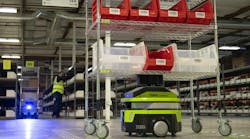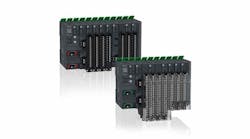The latest release of VERICUT CNC Simulation Software, Version 8.2, has input from thousands of users worldwide from every industry to provide convenience features to improve simulation visibility, speed workflow, and streamline each user’s verification process.
VERICUT is at the heart of the CNC manufacturing process for many of the world’s leading engineering businesses in all industry sectors. Machine simulation with VERICUT detects collisions, close calls and detects over-travel errors. Machine movements can even be simulated while stepping or playing backwards in VERlCUT‘s Review Mode.
VERICUT Version 8.2, is packed with new convenience features. A Right-Mouse-Button Ribbon puts favorite VERICUT functions just one click away and provides convenient access to external applications that programmers find useful. The configurable Head-Up Display (HUD) improves simulation monitoring and visibility by showing the NC program, or machining and cutting status information, overlaid on top of VERICUT’s graphical views. HUD provides constant access to important details about the machining process, while keeping simulation views as large as possible for optimal viewing. NC Program Alert symbols and colors highlight errors and warnings found in NC programs, making it faster and easier to identify problem sources.
Force is a physics-based NC program optimization module that analyzes and optimizes cutting conditions to achieve ideal chip thicknesses, while managing the cutting forces and spindle power required. VERICUT 8.2 adds Force Turning to optimize lathe turning, and mill-turn operations, when combined with Force Milling. Force Turning makes it easy for anyone to create NC programs for optimal cutting of inside/outside diameters, shoulders, as well as in corners and tight spaces- without the worry of encountering excessive cutting forces or high spindle power demands.
VERICUT 8.2 adds even more realism to additive simulation and detects many common error conditions programmers face when creating parts additively. Additive material can be applied “as programmed” via the additive path or projected to the part surface for a more “natural” deposition behavior. With projection, material build rates vary based on changes in bead overlap, acute corner motions, and starting/stopping at the same location- all of which can cause unpredictable material buildup. Users can verify that laser focal distance stays within the tolerance range required for proper cladding, and that excessive material “overhang” conditions do not exist, which can lead to improper adherence. Warnings are given for non-conforming additive conditions to help programmers determine when additive strategies are likely to fail, or when it may be beneficial to make a milling cut.





